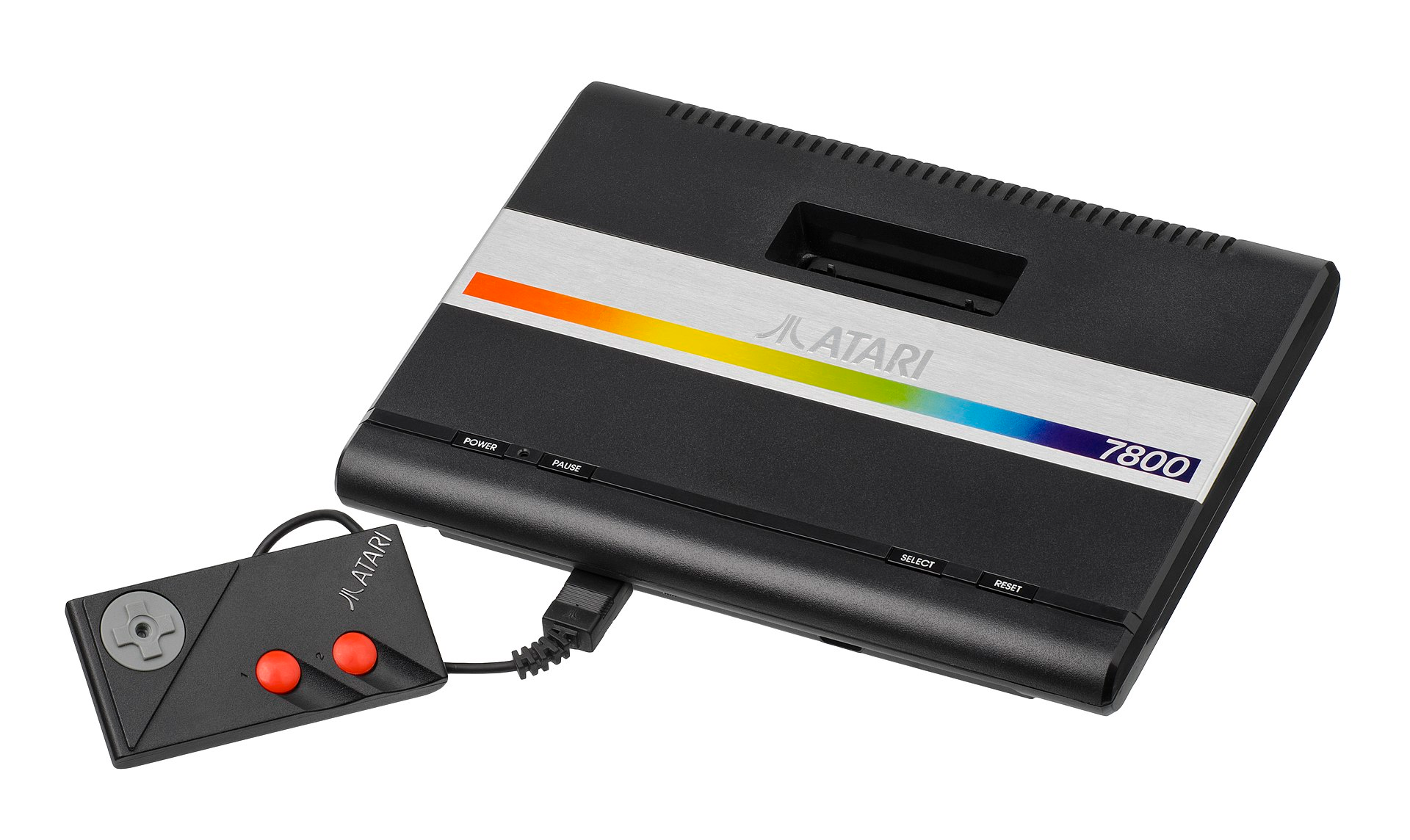You just came back from the flea market with a new vintage console play with, but there’s a catch : the PSU wasn’t in the box with it. However PSUs are easily replaceable you think, so you bought it without thinking too much about it. Then you type “Atari 7800 PSU” on ebay and start to despair as you see nothing showing up.
If you’ve been there, you know that the Atari 7800 PSUs, despite being a simple 9V DC PSU, have no actual replacement due to a silly design choice Atari made back in the 1980’s :

This forced me to put on a shelf my 7800 for years, hoping I’d find a proper PSU in another flea market. But that day never arrived. However a thought came to my mind :
What’s the opposite of a forgotten, used only once, obsolete proprietary connector that shouldn’t disappear in just a few years ?
deksor
The answer to this is … USB C !! (And with a recent change in the European laws this assumption is even more right).
Some of you may think that USB can only provide 5V DC, but it’s not true, since USB Power Delivery 3.1, you can ask a compatible PSU to provide 9V DC instead of 5V (among other voltages such as 12V, 15V and 20V).
To make our work easier, many companies sell these kind of things for cheap :

This tiny PCB holds an USB C connector, a few components and a small IC that is there to negociate with the PSU the voltage you want. The one in the picture can negotiate anything from 5 to 15V DC as long as you configure it properly by bridging the jumpers above accordingly.
After removing the cover of the console and extracting the motherboard you can see the connector. One nice thing about this is that you don’t even need to remove the RF shielding !

After hitting the two pads with a de-soldering gun, the old connector can safely be removed.

Now, you’ll have to test-fit the USB C connector within the case.

As you can see it’s a tight fit, but the USB C cable should fit perfectly fine in that hole ! You can now solder two pieces of wires to the holes (make sure you’re wiring the right polarity, and double check that the voltage you’ve selected is indeed working !).
Now that the USB C connector is electrically connected, you’ll notice that it’s pretty loose in the case. Don’t worry, we’re going to fix that ! First you have to perfectly match the USB C connector with the case and make sure it’s aligned. Then tape it in place to prevent it from moving.

Now that you’ve taped the connector in place, turn the motherboard on its back. Pay attention to the three holes where the old connector was attached to. As you can see, they’re directly connected to the ground. And the one in the middle is blocked by the USB C connector … To secure the USB C connector in place, just fill that center hole with solder. Use as much as necessary to make sure the solder reaches the connector and attaches it firmly to the motherboard.

Once the solder has solidified, you can now remove the tape, clean the flux residue and start testing. At this point you should be able to power up the console and see if it works !
Then all you have to do is reassemble the unit and profit of your now usable retro console

It’s a success !!!


You could just as easily have put on a more or less standard barrel connector (center positive, ideally). Not a perfect fix either, but an appropriate 9V DC power supply of that sort is pretty easy to find too.
While USB-C works fine in principle, I’d be a little concerned about just installing a cheapo generic module on a system that’s no longer made with potentially irreplaceable parts. Who knows how it might fail. It also doesn’t fully guarantee that anyone will plug a suitable supply into it.
The one vaguely useful thing a proprietary connector does is alert you that there might be something non-standard in play and prevent you from plugging in just any old PSU.
I have been thinking about doing this for my own retro computers but I have a lot of them and the idea of soldering 20+ USB PD sinks despairs me a bit in advance.
Also, since very USB PD compatible sink essentially hosts a CPU (in the form of an MCU) to negotiate with the USB C PD power supply I find the solution horribly over engineered… I mean I **love** the idea but using a dedicated MCU to simply negotiate voltage & current for a device which CPU power may even be lower than that of the embedded MCU exemplifies brittleness and over-engineering.
Also, when those USB C PD power supply fail in 10-20 years (maybe less given the shoddy quality of many made in China devices) it will be hard to replace them not only because the standard may be obsolete and especially because I doubt it will be easy to maintain our electronic industry in a very energy constrained.
So, from a practical point of view, it’s fantastic but I wish we had a lower tech solution as well.
Something like a mechanically encoded plug standard to define voltage/current.
(For now, I will buy a few to test the idea.)